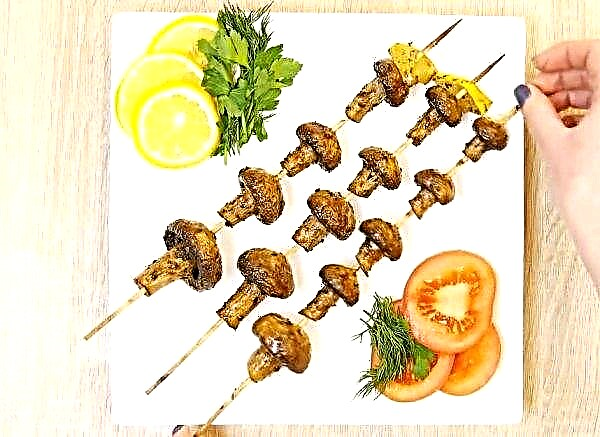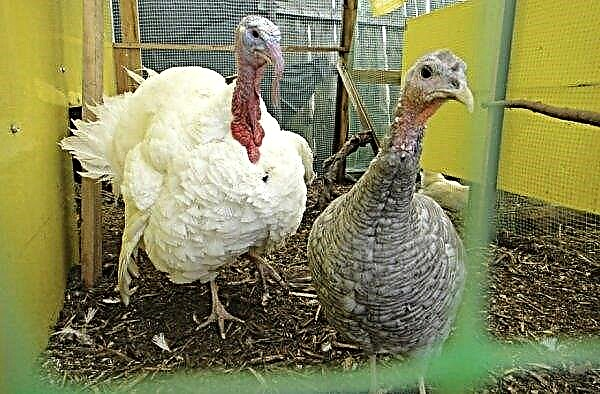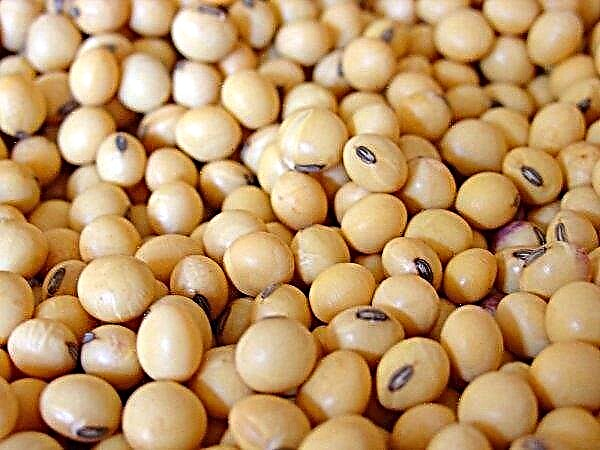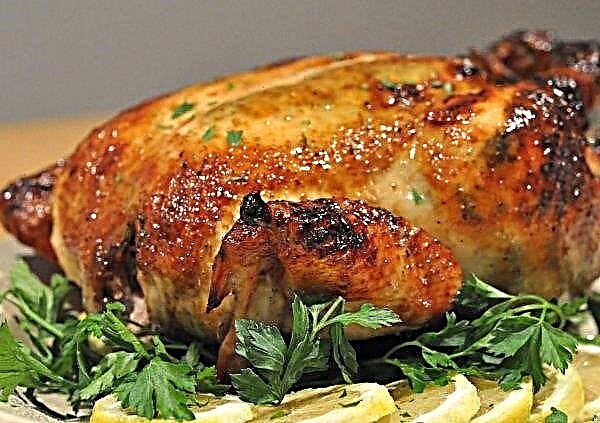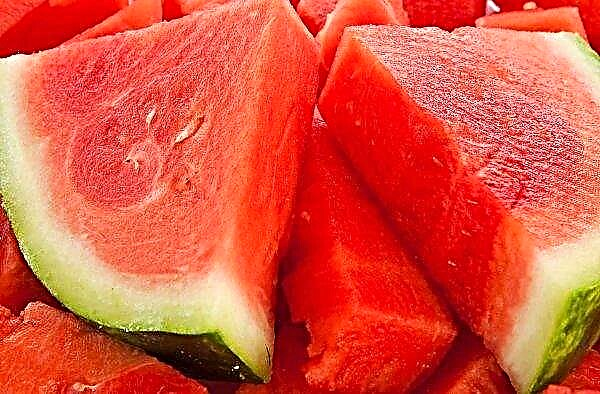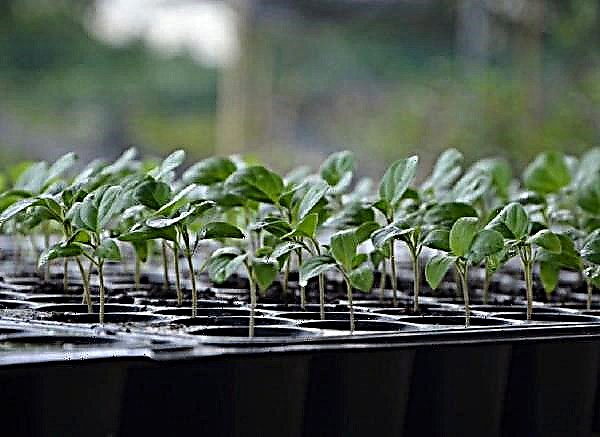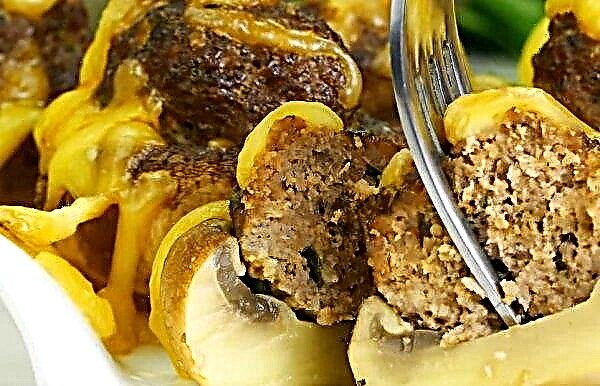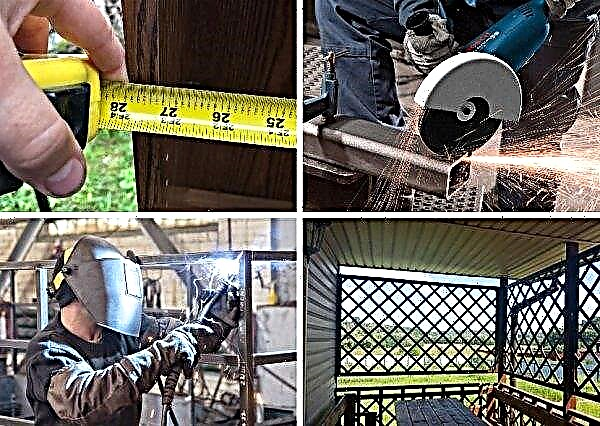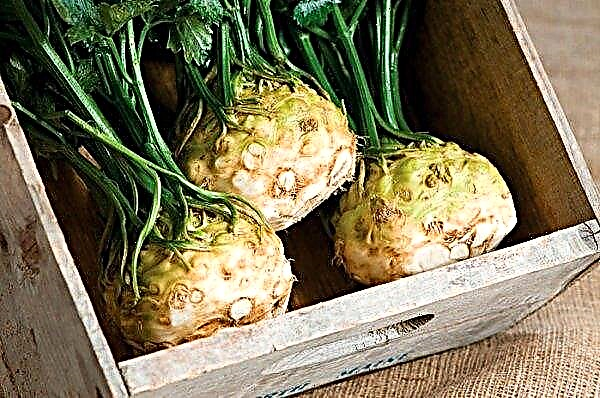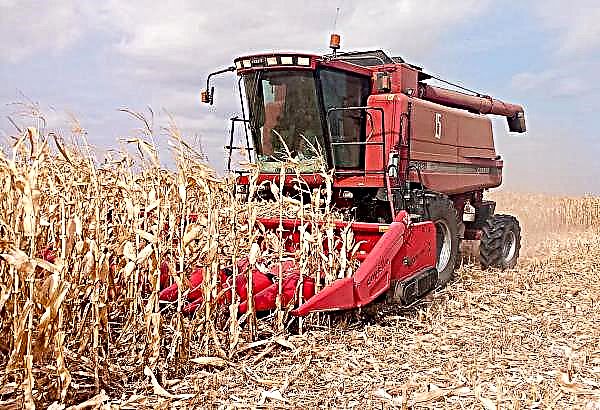With the onset of winter, gardeners who grow evergreen thuja on their plots have to take care of planting and protecting plants from the negative factors of the winter period. You will learn about how to prepare a thaw for wintering, than to shelter, to protect trees in the cold season, from the article.
Do I need to shelter thuja for the winter?
Tui are widely used for landscape design - they are good both in the form of a hedge and in a detached tree, they decorate alpine slides and create beautiful compositions on flower beds. Frost-resistant varieties of thuja are adapted to cold climates, and adult plants can not be sheltered for the winter in order to protect them from frost, but after snowfalls, snow should be shaken off the branches to avoid mold breaks.
In regions with severe weather conditions, where the temperature drops below –28 ° С, shelter is indispensable. But not only cold air can cause damage to coniferous plantings - it is much more dangerous to sunburn and “cold” burns in winter and early spring, heavy snow flakes, and strong winds in winter.
The damage that these factors can cause is:
- the crease of branches and the overturning of whole trees;
- loss of vertical form;
- bark damage;
- deformation of shoots and trunk;
- yellowing and drying of needles.

Newly planted and young plants that have a superficial root system are especially in need of protection, and in the case of frosty and lightly snowy winters, freezing and damage to the roots is possible. Thuja need any protection against snow sticking and icing, from burns and dehydration of needles. It is desirable to plant evergreens on the northern and northeastern sides of buildings or in places protected from the wind and the winter sun.
Important! Before buying thuja seedlings, check with the seller for its winter hardiness, and purchase only varieties that can tolerate the climatic conditions of your region.
When to harbor?
In early autumn (in September or October), it is too early to start defending. At this time, it is advisable to carry out pre-winter water-loading irrigation, which is vital for evergreens. Coniferous trees well watered in the fall tolerate colds and frosts, since moisture remains in the needles for a long time and prevents its drying in the winter. Watering is a simple but effective way against sunburn and burning needles in the spring.
All procedures for warming the conifers should begin in late autumn after the first snow with the establishment of a stable minus temperature (–5 ... –7 ° С). For each region, the onset of frost takes place in different months, so you should focus on the climatic regime of the area. Usually all events are held in November.
Shelter Material
In retail chains there is a large selection of covering material, various devices and designs to insulate conifers.
It is impossible to use synthetic films or thick fabrics (polyethylene, cellophane, blankets) as a covering material, since a greenhouse effect is created inside, and dense tissues get wet and become heavy, so the thuja may turn yellow, mate or freeze. It is necessary to maintain air circulation around the plant.
Did you know? The word "thuja" in Greek means "wood with fragrant wood", and the French explorer Jacques Cartier called it "the tree of life."
To protect against the weight of the snow cover, non-woven covering materials that pass air well — agrofibre, agrotherm, lutrasil, spunbond — are suitable. But such materials, together with air, also transmit ultraviolet radiation, so they will not be able to protect the thaw from burns. To protect the plant from sunburn, you can use white or light material - tulle, gauze, burlap, cotton fabric, kraft paper, polypropylene bags, mesh materials.
To protect the plant from sunburn, you can use white or light material - tulle, gauze, burlap, cotton fabric, kraft paper, polypropylene bags, mesh materials.
Mulching
Not only the upper part of the plant and needles need protection from the cold, but the root system can suffer from severe frosts when freezing the ground at the base of the tree. The procedure for mulching trunks that should be covered with a layer of 10-15 cm will help to cope with this problem. Helps maintain soil moisture and regulate soil temperature.
Important! The main condition for the mulch is that it should be loose and pass air well so that the roots do not undermine.
As a material for mulch fit:
- peat:
- straw;
- wood chips;
- compost;
- sawdust:
- fallen leaves mixed with soil;
- coniferous needles or small bark;
- disassembled cones.

Shelter Methods
Various winter closure methods and materials should provide comprehensive protection for the thuja from negative factors - subzero temperatures, snow weight, bright sun, moisture evaporation from the needles.
Circle wrap
Tying the crown in a circle will protect the tree from breaking branches and falling apart under the weight of wet snow and icing. Thujas with their long soft branches and tender needles especially need this.
The collapsed specimens should be gathered together in a vertical form, placed on broken branches of the tire, set the inclined plants on stretch marks or tied to a stake, and then tied in a circle, capturing only the ends of the branches with twine, twine or pieces of soft cloth, you can use synthetic rope.
The main condition is that the strapping should be weak and not push the branches to the trunk to ensure breathability in order to prevent the needles from heating up. Fasten the end of the rope to the bottom of the trunk, and then spiral upwards to the very top and back along the crown. When tying a very high arborvitae, you will have to use a stepladder or a sliding stick with a hook at the end. In the spring, the harness is removed.
Twine tying can be combined with covering thuja with white agrofiber. To do this, first, the covering material is not thrown over the tree, while the top of the plant must not be covered to ensure air and light penetration. Then conduct strapping in a spiral rope.
Using pre-made covers
Gardening shops offer purchased covers for protecting conifers of various sizes in height (0.5–2.5 m) and in width, depending on the height of the plant. They are made of non-woven material of various densities in the form of ordinary bags (usually cone-shaped) or in the form of various shapes, and provide protection from frost up to –9 ° С, but in the spring they are not able to protect the thaw from sunburn.
With these covers, if you wrap the lower part of the trunk, you can protect trees from rodents. To shelter conifers, it is advisable to purchase or independently make a frame with such covers.
Using frame
It is difficult to provide tall trees with a frame shelter, but small specimens can easily be protected with constructed structures. To do this, stakes or sticks are driven around the tree, to which the covering material is tied, and several sticks are installed in the form of a tripod or hut. In this case, the branches of the thuja are compactly and not tightly tied with a twine, a stake is dug at the trunk, to which a tree is tied to protect it from damage by the wind.
The hut structure with the covering material fixed at the top will protect the thaw from frost, wind and the sun, and snow will not accumulate on it. As a material for the construction of frame structures, rails, plastic pipes, metal corners and wire can be used.
To protect from strong winds in the winter, which adversely affect the water balance of conifers, you can make "screens", having covered with covering material an appropriate design. In the spring, such "screens" are used for shading and protection from the intense sun. Low and small young seedlings can be covered with wooden boxes.
Sunscreen material
Not only frost can damage the evergreen thuja, but also the bright sun. The spring sun is rich in ultraviolet light, and the low position of the star illuminates the plants at right angles, increasing the degree of illumination. In winter, the sun's rays, reflected from the snow, can also burn needles.
The largest number of sunny days falls on February - the beginning of March in central Russia, the Moscow Region and the Leningrad Region. A spring burn occurs due to a lack of moisture in the needles, and the process of photosynthesis takes place in conifers and in winter, but slowly. With an increase in the number of sunny days, the process intensifies, and the evaporation of moisture from the needles increases. The root system in young plants is not deep enough and poorly developed, and the plant can not replenish the lack of moisture from the frozen soil.
Did you know? Thuja wood, combining light weight and resistance to decay, was widely used for the construction of hives.
The lack of moisture leads not only to sunburn, but also to “cold” burns. If sun damage occurs on the sunny side (on the south, southwest and windward sides of the plant), then frost burns appear throughout the tree. Measures to eliminate any type of burns are considered proper watering, shading and shelter.
Low-growing species of thuja and young plants (up to 1 m) can not be covered for the winter - they will winter under a layer of snow, since it will provide protection from frost and burns. It is enough to install several branches of spruce branches above the plants, which in spring to remove from the planting. Tall specimens (1.5–2 m) need protection that can be carried out in late autumn, during the thaw or in early February. The first option is preferable, since the abundance of snow sometimes makes it difficult to move around the infield.
Gardening shops offer several options for sheltering thuja for shading:
- Non-woven cover material (in rolls or in the form of finished cases). It is important when using such materials to make an "air" shelter, that is, not to allow the fabric to touch the branches and needles, and thereby ensure free circulation of air. A metal frame is placed for such a shelter, and the fabric is not completely tightened from below, leaving a gap of 5–10 cm for air flow.
- Sackcloth - the material should be sparse weaving for breathability, so that the thuja breathes under it and does not mate.
- Gauze - enough budget material, instead of which you can use old sheets and duvet covers.
- Facade mesh - provides air penetration, shades plants, passing light at the same time, and can serve for a long time as a shelter for conifers.
- New technologies suggest the use of antiperspirant sprays, which reduce the moisture consumption for evaporation in needles, allow the plant to breathe freely and protect it from burns. Processing is carried out in the fall, spraying the substance on the needles. Unfortunately, with a strong wind, the branches rub against each other, and the substance is erased.

Properly conducted training of conifers in a personal plot will allow trees to safely winter and avoid damage from bad weather. In spring, arborvitae will delight you with a magnificent view of bright green needles and decorate the landscape of the garden.

